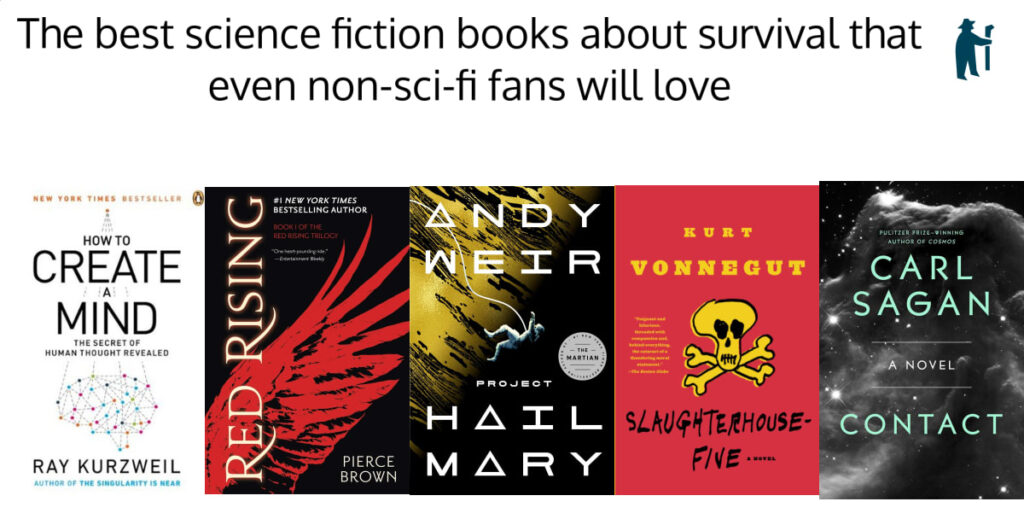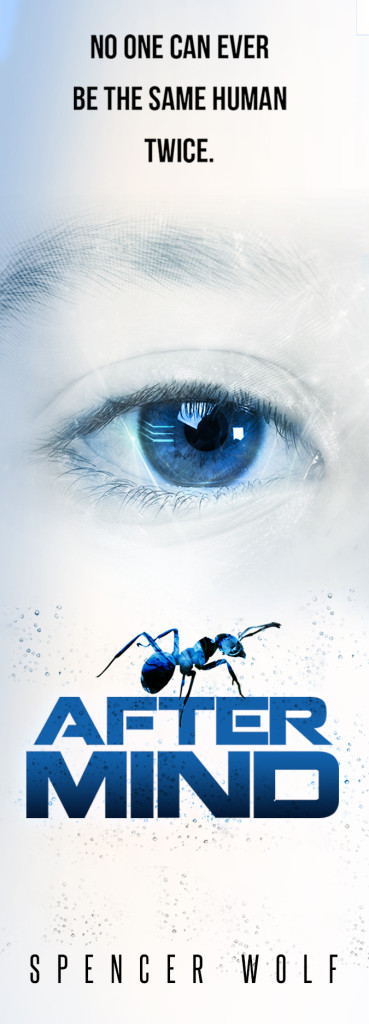After Mind – Reinvent Yourself
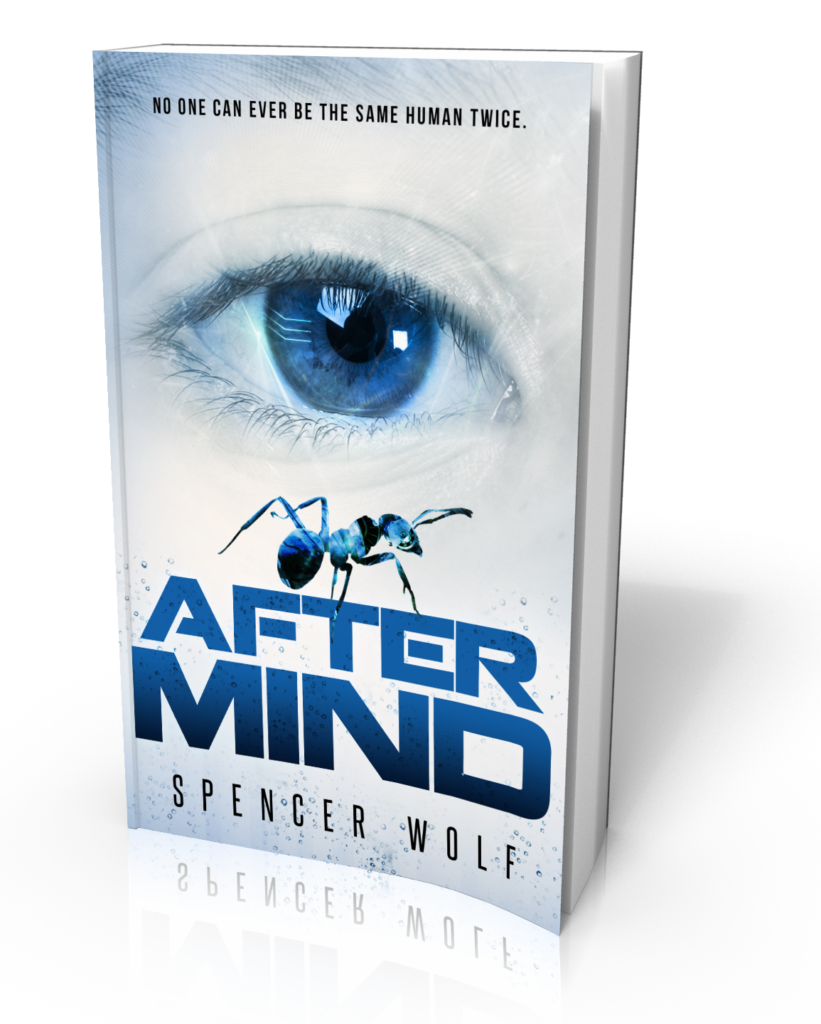
No one can ever be the same human twice.
Welcome to my futurist site.
So, what is After Mind about?
Artificial Intelligence. Robots. Space. Bio-engineering. And adventure. All great, but none are complete without true-to-life characters that have real human emotions and stories to tell…
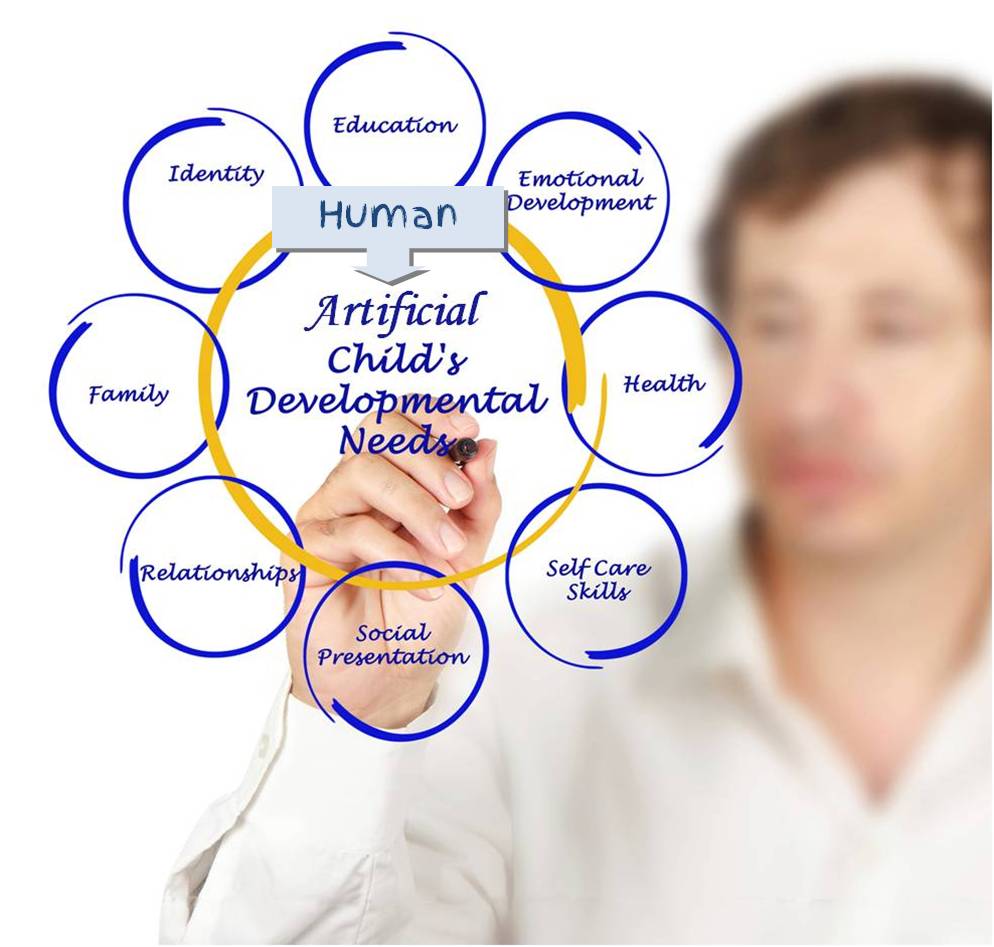
After Mind crosses incredible technology with intense human emotion in the near-future story of a boy who is deathly allergic to water and who must rediscover his identity after he’s brought back to life by an artificial intelligence breakthrough.
Want to explore deeper… Read More on the AFTER MIND Page.
Check out After Mind at Amazon and Barnes&Noble
Or, if you’re looking for a great new site to discover the best books, check out Shepherd.com. I was invited to list my favorite sci-fi books about survival that even non-sci-fi fans will love. Here are the five that I chose and wrote a quick review about each. What do you think?
https://shepherd.com/best-books/survival-that-even-non-sci-fi-fans-will-love
Here’s a blast of the future mixed with some memories of the past… Anyone recognize the super powerful computer below in the video?
I wrote a blog post for a taste of our future: Should we anthropomorphize an AI who wants to kill us all? for SingularityWeblog. The answer hits right at our basic instincts and I introduce Evolvers and Seeders.
You can even catch a 1-hour podcast interview I was privileged to be a part of with Socrates (aka Nikola Danaylov). We talk about science fiction, life extension, the personal stories that shape who we are, and my concept of an Enhanced Inversion Test for AI.
Or check out the below…
Technology Companion for After Mind
It’s a top list of some sci-fi that’s turning real today and predictions for what’s on the horizon. There’s a lot of cool tech coming our way.
Posthuman Dreams: 37 Inventions of our After Mind World
Years from now in our posthuman future, a web crawler might discover this page and smile… in whatever emotive way it will be programmed to do.
After Mind explores more than a few dozen technologies, many on the cusp of breakthrough today, and others that stem from deeper dreams.
While intense human relationships underpin the story, 37 human and posthuman technologies rise to open so many doors.
First, the 23 technologies of our posthuman future that will forever change who we are or how we think about ourselves:
1. General AI that interprets human memories and thrives with an imagination and dreams of its own.
2. AI Psychology as the new science of humans helping AIs adapt to their new sense of self.
3. Mind Uploading to bring a human’s lost mind back to life.
4. Brain Scanning through a combination of nanobot “throwers” that travel and transmit their signals from within the brain to external “catchers” that receive and interpret the whole of the mind. Built on advanced Magnetoencephalography (MEG), the throwers and catchers measure the small magnetic fields that are produced within the brain.
5. Quantum Computers and Qubits (also spelled ‘Qbit’). Where a standard computer bit can only be a zero or one, a Qubit exists in the strange and wonderful quantum world and can be either a zero or one, or the superposition of both zero and one at the same time. [Spoiler Alert: If Packet’s mind is a quantum computer, then one of its Qubits is represented by Cessini and Ceeborn; each being one of Packet’s two different states of being, and the superposition of both at the same time. Other Qubits include: the reaction or adaption to water; mind or body; reality or imagination; technology or nature; and fate or free-will. Packet is always one or the other, and both at the same time.]
6. Mind-Body Problem. Exploring the location of consciousness and the soul from the systems engineering perspective.
7. Enhanced Blackwell Inversion Test (EBIT). An Epistemological test, designed to be failed on its first attempt, that is given to a general AI. The persistent AI will return to self-determine if it is a computer, a human, or a human-computer. The EBIT goes well beyond the Enhanced Turing Test which adds pictures and visual complexity to the Turing Test. The Turing Test is used with text-based conversations to judge for indistinguishability between a human and a machine.
8. CRISPR Genome Editing for precise, targeted changes to the human genome to improve or repair the genetic code of life. CRISPR stands for Clustered Regularly Interspaced Short Palindromic Repeats.
9. Memory Alteration to rewrite undesirable memories or introduce new ones into a general AI’s sense of experience.
10. Dream Streaming to observe and interpret an individual’s health and development, including full-color video and audio links to external monitors in real time.
11. Bio-inspired Software that is designed to age naturally like the brain cells it replaces. Once the software code itself ages, then the hormonal drives and declines that accompany natural human aging has the proper impact on decision making and an AI’s developmental progress. An uploaded human mind can then mature through the human stages of emotion and life.
12. Cochlear implants so the hearing-impaired can hear and the computer-based mind can receive sounds and connect with voices from the outside world.
13. Direct Visual Cortex projection so visual stimuli can bypasses the eye itself and project instead directly onto the simulated visual cortex of the mind, giving the computer-based mind the ability to “see” the world in which it lives.
14. Echolocation (bio sonar) through Nano particle infusions to give humans the ability to target and see objects via the reflection and measurement of emitted sound waves.
15. Respirocytes as a nano-mechanical replacement for blood cells that provide oxygen-rich blood to our bodies, unlocking hours-long breathing underwater.
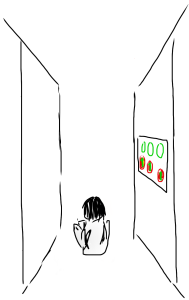 16. Dark Magnetocytes, founded in the new science of Quantum Biology, to ensure a living body can align and maintain its 360 degree orientation within its surroundings.
16. Dark Magnetocytes, founded in the new science of Quantum Biology, to ensure a living body can align and maintain its 360 degree orientation within its surroundings.
17. Artificial Hearts that grow physically with the patient and monitor their health from youth to adulthood.
18. Artificial Skin that is painted onto a robot’s body.
19. Smart Contact Lenses with streaming internet feeds.
20. 3D-printing of Human Organs and other mechanical parts with a networked catalog of choosable products.
21. Multi-Acting Vaccines with hundreds of individual viral and bacterial targets in one administration.
22. Crowd-Sourced Data Mining of massive healthcare record databases to identify pharmaceutical targets of opportunity.
23. Crowd-Sourced Cures for Genetic Mutations through massive multi-player software coding challenges and online gaming quests.
And, 14 products for our posthuman future:
24. Meat Fields grown through Aeroponic (in air) and Hydroponic (in water) gardening that provides protein-rich food for a population.
25. Massive Data Center Size Reduction from current large-scale facilities down to a single room environment, then further down to the size of a human brain, then ultimately down to the size of a red blood cell, all with increasing computational power.
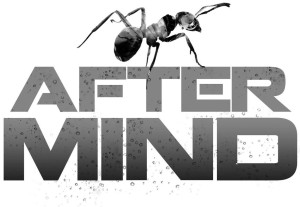 26. Robotic Security Torsos at the security checkpoints of facilities; and autonomous, ant-like patrols that keep order in the community.
26. Robotic Security Torsos at the security checkpoints of facilities; and autonomous, ant-like patrols that keep order in the community.
27. Clear, Rollable Digital Tablets with attached finger-keys for interacting and playing with modified apps; and the flexibility to “dog-ear” precious photos in memory.
28. Self-Fitting Athletic Suits that are scrunchable into a tight ball, then flicked open like a sheet; only microns thick, with a semi-metallic sheen. The self-fitting suit actively monitors the wearer’s body vitals and corrects their imbalances.
29. Athletic Training Drones on running tracks that fly ahead of their human trainees and motivate them to optimum performance.
30. Self-Cleaning Paint spiked with nanoparticles to keep the exterior of a building clean from dirt and dust, especially in rain.
31. Networked Cybersecurity “Digital Ants” for electric grid monitoring and swarming onto a threat, with the goal of complete neutralization.
 32. Human-like, Chatbot Hosts on roving projection screens that crawl the internet for 24-hour news and information and are hired to moderate events on any topic, any time.
32. Human-like, Chatbot Hosts on roving projection screens that crawl the internet for 24-hour news and information and are hired to moderate events on any topic, any time.
33. Hydroelectric Power Plant Retrofits optimized with superconductor turbines for large-scale power generation, ultra-high efficiency, and a secure energy grid.
34. Internet of Things networked appliances.
35. Fully Autonomous Cars on networked roads, that may still be unfortunately hackable.
36. Generation Bio-ship that is grown, not built, to carry a multi-thousand person colony between distant worlds; a colossal spacecraft of living architecture.
37. Spacedust Fuel to power a massive bio-ship on a long, imaginative journey amongst the stars.
And what’s beyond our posthuman dreams? Does anyone really know? Will there be persistent humans? God-like computers? Human-Computers? Perhaps we should all strive to be passionate non-experts.
In their book BOLD, Peter Diamandis and Steven Kotler quote Henry Ford, who said about his employees, “None of our men are ‘experts.’ We have most unfortunately found it necessary to get rid of a man as soon as he thinks himself an expert because no one ever considers himself expert if he really knows his job. A man who knows a job sees so much more to be done than he has done, that he is always pressing forward and never gives an instant of thought to how good and how efficient he is. Thinking always ahead, thinking always of trying to do more, brings a state of mind in which nothing is impossible. The moment one gets into the ‘expert’ state of mind a great number of things become impossible.”
In our posthuman future, one thing will be certain. We, in whatever form that “we” is, won’t be the experts anymore. Here’s to the future of the possible.
You can find more posthuman dreams in After Mind. Let me know if you discover #38, 39, or 40. I’ll add them to our list, and smile.
-Spencer
